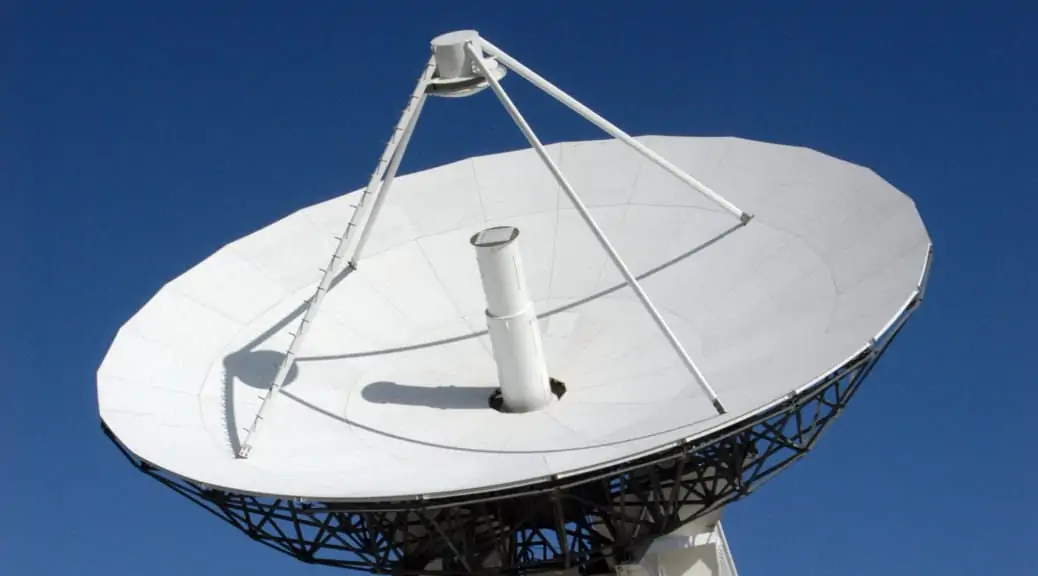In our previous post, we discussed the Amazigh and Tuareg tribes, who were marginalized and persecuted under Qaddafi, and their current involvement in the war. Similarly, the Toubou faced persecution and marginalization in the recent past, but became more powerful after the 2011 revolution, a result of their contribution to revolutionary forces. As a result, the balance of power over smuggling routes in Southern Libya (Fezzan) shifted to one that favored the Toubou, which drove the Toubou and Tuareg to end their long-lasting Midi Midi truce and clash in Ubari. This shift in power has also brought about violent clashes between Toubou and Arab tribesmen over smuggling routes and regional power. Here, we shall discuss the Toubou political grievances, their …
Continue reading “War in Libya and Its Futures – Tribal Dynamics and Civil War (3)”











